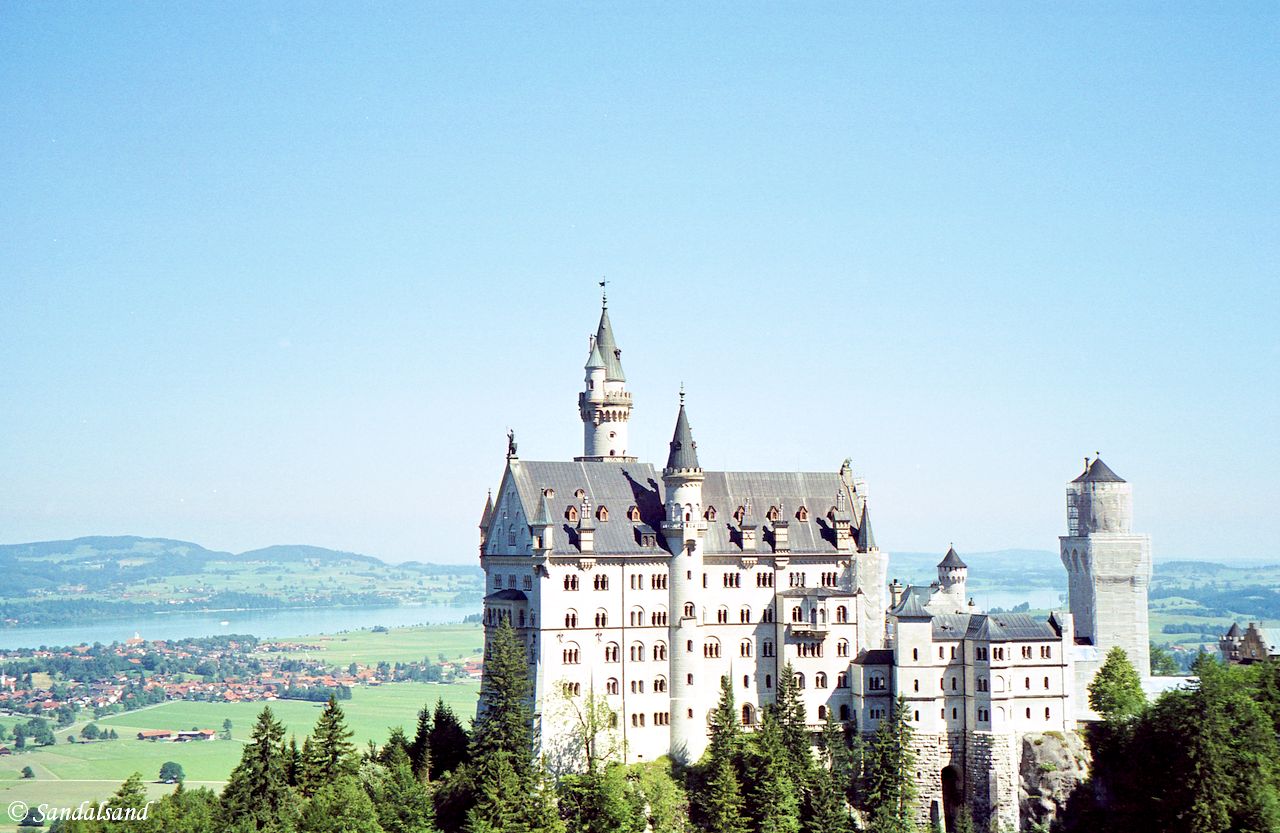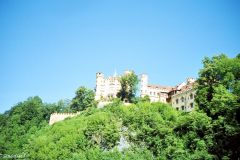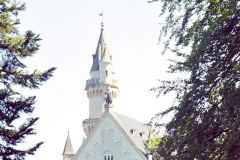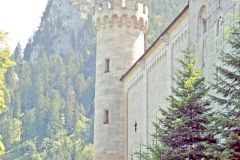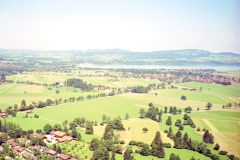The Neuschwanstein palace is the most iconic of the four palaces built by the order of King Ludwig II of Bavaria. The fairy tale castles are set in stunning natural landscapes.
The UNESCO World Heritage List includes over a thousand properties. They have outstanding universal value and are all part of the world’s cultural and natural heritage.
Official facts
- Official title: The Palaces of King Ludwig II of Bavaria: Neuschwanstein, Linderhof, Schachen and Herrenchiemsee
- Country: Germany
- Date of Inscription: 2025
- Category: Cultural
UNESCO’s World Heritage Centre’s short description of site no. 1726:
This serial property consists of four grand palace complexes in Bavaria’s alpine region, built under King Ludwig II between 1864 and 1886. Designed as personal retreats and imaginative escapes, they reflect the romantic and eclectic spirit of the era. Drawing inspiration from the Wartburg Castle, Versailles, German fairy tales, and Wagner’s operas, the palaces showcase historicist styles and advanced 19th-century techniques. Carefully integrated into stunning natural landscapes, they embody Ludwig’s artistic vision. Opened to the public shortly after his death in 1886, these sites are now preserved as museums and remain major cultural landmarks.
More about the castles
The World Heritage listing unites four enchanting creations of King Ludwig II of Bavaria (1845–1886): Neuschwanstein, Linderhof, Herrenchiemsee, and the King’s House on Schachen. Executed between 1864 and 1886, these palaces reflect Ludwig’s romantic historicism and visionary staging: each embodies a different dream world—from medieval knightly castles to Rococo opulence and Versailles-inspired palaces, set amid evocative Alpine landscapes. Their exquisite interiors, theatrical architecture, and integration with nature epitomise a 19th-century fusion of art, technology, and fantasy
Neuschwanstein, perched dramatically above the Pöllat Gorge near Füssen, is the most iconic. Built from 1869 onward in a Romanesque Revival style, Ludwig intended it as his private retreat and homage to Richard Wagner. Construction remained incomplete at his death in 1886, but the castle opened soon after and now welcomes around 1.4–1.5 million visitors annually. Its turrets inspired Disney’s iconic castle logo.
My visit
I have not visited all four palaces, only the Neuschwanstein, back in 2002. At that time it was already extremely famous. I am surprised that it took so long to reach UNESCO’s list. Anyway, we made our way here on a Germany road-trip after having stayed a couple of nights in the area.
Here is a short breakdown on how to visit the castle nowadays. Access is via the ticket centre in Hohenschwangau. There are only entries on 35-minute guide-tours. You should book in advance. Even without interior access, the scenic walk up to the castle and views from nearby vantage points like Marienbrücke are captivating.
In sum, the Palaces of King Ludwig II are not just architectural jewels – they’re immersive, dreamlike worlds made real. Neuschwanstein stands as the crowning jewel: a fairy-tale retreat now preserved and celebrated as a World Heritage treasure. So be it.
Read more
Find more articles from Germany on Sandalsand.

